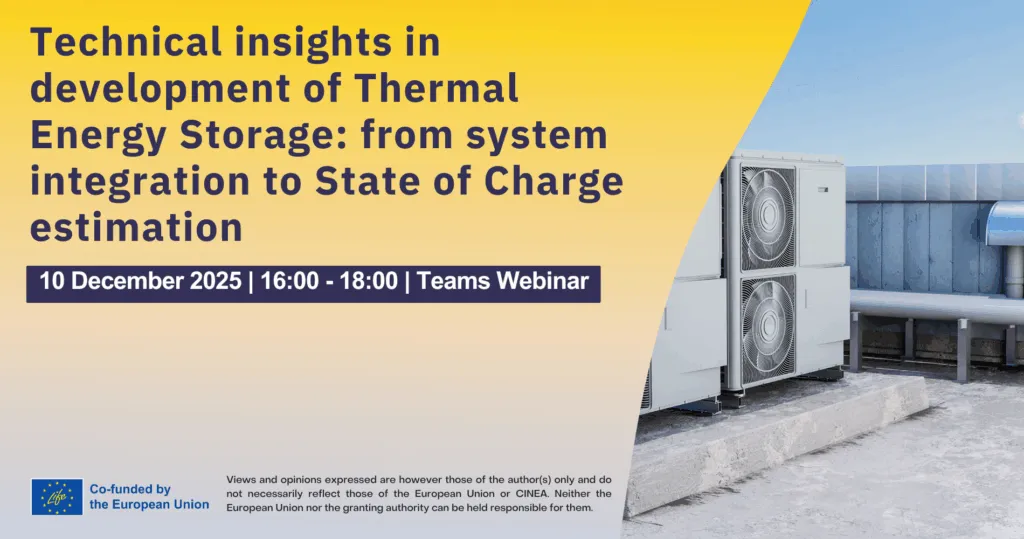In the quest to enhance the efficiency and reliability of pumped storage power stations, a groundbreaking study has emerged from the College of Water Conservancy and Hydropower Engineering at Hohai University in Nanjing, China. Led by ZHAO Hongyu and a team of researchers, the study delves into the elastic deformation properties of geomembranes, which are crucial barriers in the upper reservoirs of these power stations. The findings, published in the journal *Yantu gongcheng xuebao* (translated as “Rock and Soil Mechanics”), could significantly impact the selection and application of geomembranes in the energy sector.
Pumped storage power stations play a vital role in energy storage and grid stabilization, but their effectiveness hinges on the integrity of their seepage prevention structures. Geomembranes, used as barriers in these reservoirs, must withstand the dynamic conditions caused by fluctuating water levels. Traditional uniaxial tensile tests have been the standard for evaluating the performance of these geomembranes, but the new research suggests that these tests may not fully capture the real-world conditions.
The team developed a novel bubble inflation multiaxial tension testing equipment to better simulate the multiaxial tensile conditions that geomembranes experience in the field. “Our experiments revealed that under multiaxial tensile conditions, the ultimate strains of geomembranes are significantly lower than those obtained from uniaxial tensile tests,” explained ZHAO Hongyu. This finding underscores the limitations of traditional testing methods and highlights the need for more accurate evaluation techniques.
The study also investigated the influence of key factors such as specimen clamp dimensions, loading rates, and deformation waiting time on test results. Based on these findings, the researchers formulated a new test method to simulate the elastic recoverable deformation properties of geomembranes under fluctuating water levels. This method was then applied to compare the elastic deformation properties of three commonly used geomembranes: high-density polyethylene (HDPE), linear low-density polyethylene (LLDPE), and polyvinyl chloride (PVC).
The results were striking. HDPE and LLDPE geomembranes exhibited pronounced yielding at relatively low strain levels, with elastic recoverable strain ranges of only 1% to 3%. In contrast, PVC geomembranes did not show significant yielding and had elastic recoverable strain ranges exceeding 22.8%. Additionally, thicker PVC geomembranes demonstrated greater elastic recoverable deformation capabilities and higher tensile strengths.
These findings have significant commercial implications for the energy sector. “In the selection of geomembranes for engineering design, it is crucial to choose materials with sufficient elastic recoverable deformation capabilities based on the maximum deformation value of the seepage prevention structures,” noted ZHAO Hongyu. This insight could lead to more informed decision-making in the design and construction of pumped storage power stations, ultimately enhancing their performance and longevity.
The research also opens new avenues for future developments in the field. As the demand for renewable energy storage solutions grows, the need for robust and reliable seepage prevention structures becomes ever more critical. The findings from this study could pave the way for the development of advanced geomembrane materials and testing methods, ensuring that pumped storage power stations remain a cornerstone of the energy infrastructure.
In conclusion, the study by ZHAO Hongyu and colleagues represents a significant step forward in understanding the elastic deformation properties of geomembranes. By providing a more accurate and comprehensive evaluation of these materials, the research offers valuable insights for the energy sector and highlights the importance of continuous innovation in the field of seepage prevention. As the energy landscape evolves, such advancements will be crucial in meeting the challenges of a sustainable and reliable energy future.

